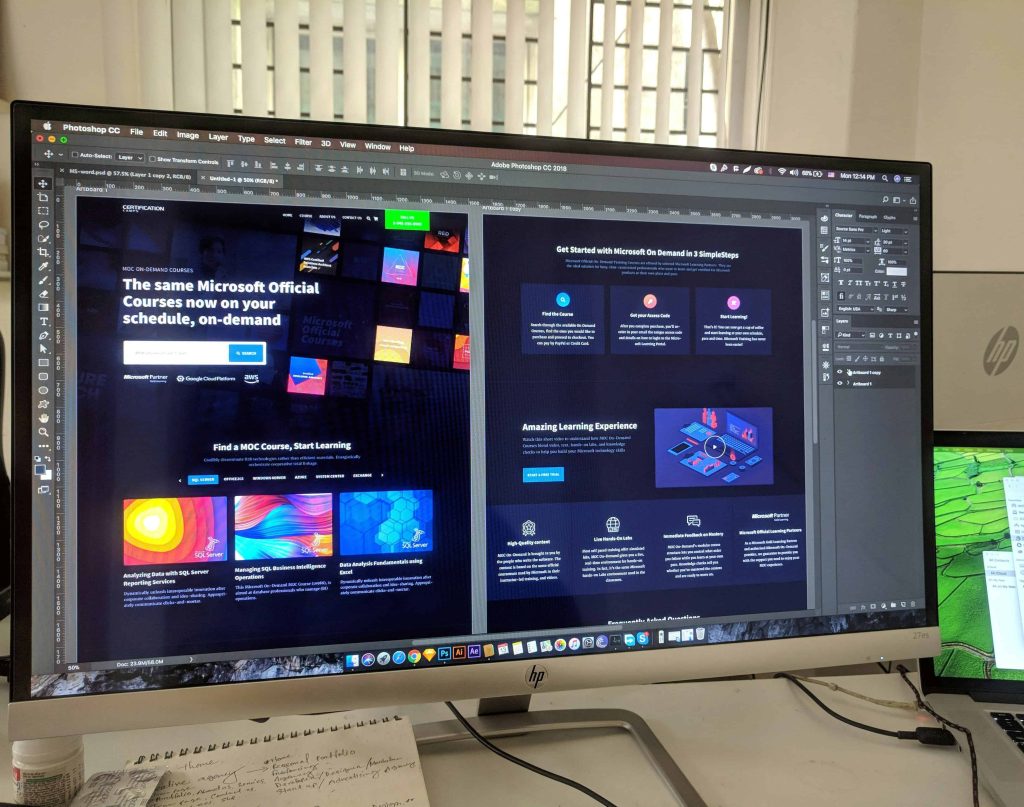
29 May Integrating Multimedia into Web Content: A Comprehensive Guide
Multimedia has become an integral part of web content, transforming static pages into dynamic, engaging experiences. In this comprehensive guide, we’ll explore the benefits of integrating multimedia, strategies for effective use, and essential tools and resources. Whether you’re a seasoned web developer or a novice, this guide will help you harness the power of multimedia for a more compelling online presence.
Introduction
Multimedia, encompassing images, videos, and audio, plays a pivotal role in enhancing web content. It goes beyond text, providing a multi-sensory experience that captivates users. The advantages are diverse, ranging from increased engagement and improved SEO to enhanced communication and accessibility for diverse audiences.
- Increased Engagement and User Experience: Multimedia elements capture attention and encourage users to spend more time on your site.
- Improved SEO and Website Traffic: Search engines favor multimedia-rich content, leading to higher rankings and increased organic traffic.
- Enhanced Communication and Information Clarity: Complex ideas can be simplified and conveyed more effectively through multimedia.
- Accessibility for Diverse Audiences: Integrating various media types ensures content is accessible to users with different preferences and needs.
Choosing the Right Multimedia Element
Images
Images are versatile elements that can convey information, break up text, and add visual interest.When to Use Images:
- Illustrate information effectively.
- Break up lengthy text for better readability.
- Add visual interest to capture attention.
Image Optimization:
- Consider file size for faster loading times.
- Utilize descriptive alt text for accessibility.
- Ensure compatibility with screen readers and other assistive technologies.
Videos
Videos, whether animated, pre-recorded, or live, offer a dynamic way to showcase content.When to Use Videos:
- Demonstrate procedures or tutorials.
- Showcase products or services.
- Tell engaging stories to connect with your audience.
Video Optimization:
- Optimal video length to maintain viewer interest.
- Proper encoding is needed for quality and compatibility.
- Include captions for accessibility and silent viewing.
- Ensure mobile-friendliness for users on the go.
Audio
Audio elements, such as podcasts or background music, contribute to a rich user experience.When to Use Audio:
- Create a specific atmosphere or mood.
- Guide user interaction through audio cues.
- Enhance accessibility for visually impaired users.
Audio Optimization:
- Consider file size to balance quality and loading times.
- Provide transcripts for those who prefer or require text.
- Maintain a suitable balance when using background music.
Effective Integration Strategies
Storytelling and Narrative
Engage users by weaving a compelling story using multimedia elements. Combine visuals, audio, and text cohesively to create an emotional and memorable narrative that captures and sustains audience interest.
Balance and Focus
Prioritize clarity in design to avoid overwhelming users with excessive multimedia. Maintain a balance between elements, ensuring each contributes to the overall message without causing distraction or confusion.
Accessibility
Ensure inclusivity by making all multimedia elements accessible. Consider diverse user needs and preferences, implementing features like captions, alternative text, and adaptable formats to accommodate a wide range of audiences.
Mobile Responsiveness
Optimize both design and functionality for seamless user experiences on mobile devices. Ensure that multimedia elements adapt gracefully to different screen sizes, providing a consistent and enjoyable interaction across various platforms.
Engagement and Interactivity
Foster user participation through interactive features such as quizzes, polls, or clickable multimedia elements. Enhance engagement by encouraging users to actively interact with the content, creating a dynamic and immersive experience.
Tools and Resources
Popular Online Image and Video Editors
- Canva: A user-friendly graphic design platform offering templates and features for easy content creation.
- Adobe Spark: A comprehensive suite integrating creative tools for designing graphics, web pages, and video stories.
Finding Royalty-Free Multimedia Content
- Unsplash: A high-quality, diverse collection of royalty-free images contributed by global photographers.
- Pexels: A user-friendly platform providing royalty-free stock photos and videos with high-resolution downloads.
Website Development and Multimedia Integration Resources
- W3Schools: An all-encompassing online resource for learning web development technologies through tutorials and coding exercises.
- MDN Web Docs: A reliable documentation source by Mozilla for detailed information on HTML, CSS, and JavaScript, including best practices and examples.
Conclusion
In conclusion, this comprehensive guide emphasizes the pivotal role of multimedia in transforming web content into dynamic and engaging experiences. By exploring the benefits, effective strategies, and essential tools, both seasoned developers and novices can harness the power of multimedia for a compelling online presence. From increased engagement and improved SEO to enhanced communication and accessibility, the advantages are vast. By choosing the right multimedia elements, employing effective integration strategies, and utilizing valuable resources, individuals can create immersive and inclusive web experiences. As the digital landscape evolves, embracing multimedia becomes not just a choice but a necessity for those aiming to captivate and connect with diverse audiences on the web.
Key Takeaways
Role of Multimedia:
- Enhances web content for increased engagement, improved SEO, and accessibility.
Choosing the Right Multimedia Element:
- Images: Versatile for conveying information and adding visual interest.
- Videos: Dynamic for demonstrations, product showcases, and storytelling.
- Audio: Contributes to rich user experiences and enhances accessibility.
Effective Integration Strategies:
- Storytelling and Narrative: Engage users through cohesive combinations of visuals, audio, and text.
- Balance and Focus: Prioritize clarity, maintaining a balance between elements for a cohesive message.
- Accessibility: Ensure inclusivity with features like captions and alternative text.
- Mobile Responsiveness: Optimize design for seamless experiences on various devices.
- Engagement and Interactivity: Foster participation with interactive features for dynamic experiences.
Tools and Resources:
- Popular Online Image and Video Editors: Canva and Adobe Spark offer user-friendly platforms.
- Royalty-Free Multimedia Content: Unsplash and Pexels provide high-quality resources.
- Web Development Resources: W3Schools and MDN Web Docs offer comprehensive learning platforms.
Frequently Asked Questions
Why is integrating multimedia essential for web content?
Integrating multimedia enhances web content by engaging users with a multi-sensory experience, improving SEO, facilitating communication, and ensuring accessibility for diverse audiences.
What factors should be considered when choosing multimedia elements?
Consider the purpose of the content, the target audience, and the desired impact. For images, focus on illustration, readability, and visual interest. Videos should demonstrate, showcase, or tell stories with attention to length, quality, and accessibility. Audio elements should create atmosphere, guide interaction, and enhance accessibility, with consideration for file size and balance.
How can developers effectively integrate multimedia into their content?
Developers can integrate multimedia effectively by employing strategies such as storytelling, maintaining balance in design, ensuring accessibility, optimizing for mobile responsiveness, and encouraging engagement through interactivity. Prioritizing clarity, inclusivity, and user experience results in dynamic web experiences that connect with diverse audiences.
Join us as we demystify the world of e-commerce platforms, providing you with the tools and knowledge needed to revolutionize your online presence.




